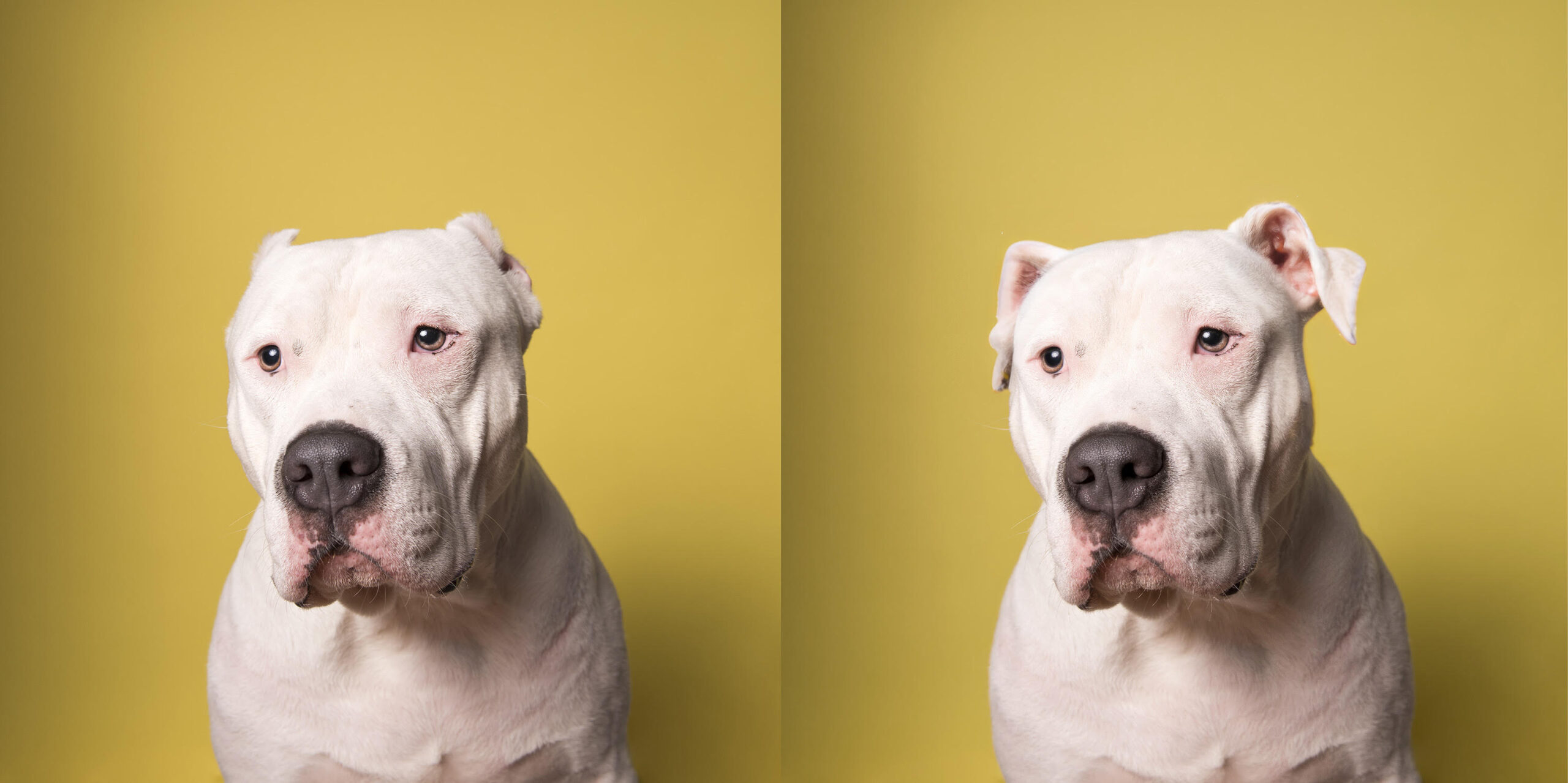The introduction of generative artificial intelligence has been met with trepidation and controversy among the art community. Yet, at times, the way AI builds images by averaging millions of photographs can play into the message the artist wants to convey. When photographer and canine advocate Sophie Gamand embarked one of her latest projects featuring shelter dogs with human-modified ears, she asked the question — what does the computer think a dog should look like? And, while many people and even some breed standards call for cropped ears, it turns out, even computers think that dogs should have floppy ears. While Gamand says that she shares much of the same concerns other photographers have around AI — including finding her own images inside datasets — she also believes AI will help separate the artists that are genuine from those that are not.
All images by Sophie Gamand, used with permission. Please check out her website and her Instagram for more.
Using her own original photographs of shelter dogs from around the U.S., Gamand sought to give dogs with cropped ears — many of them severely shortened — their ears back, even if it is just in pixels. Because AI programs use a dataset of images to learn what something is supposed to look like, Gamand decided to use DALL-E 2 to see what AI thought the dog should look like.
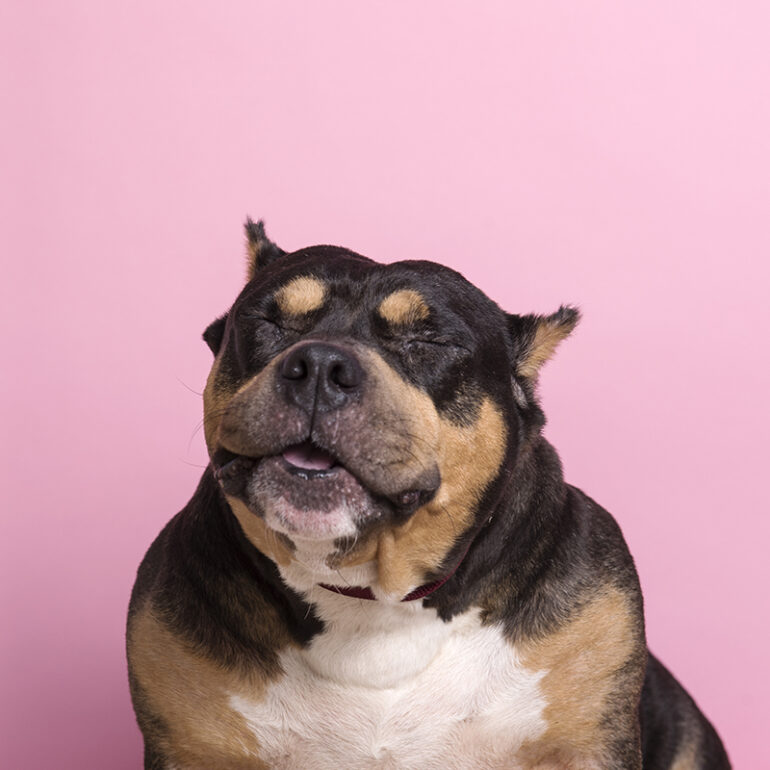
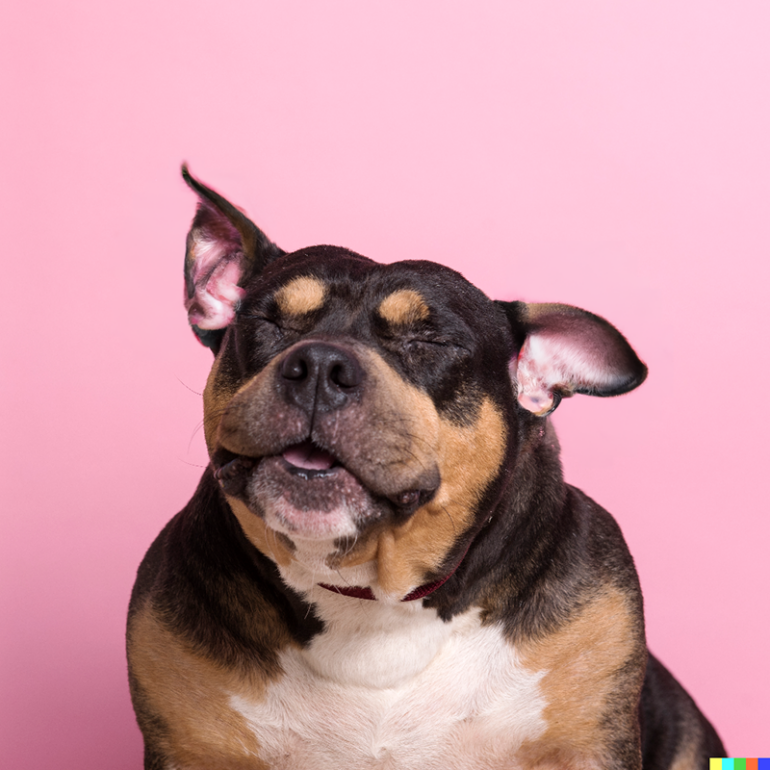
The photographer said she wanted to interfere with the process as little as possible, in order to really ask the question of what computers think a dog should look like. “As for AI, it was definitively hit or miss and sometimes a frustrating process,” she told The Phoblographer. “Other times it worked immediately and magically. I really wanted to interfere with the process as little as possible. Because the question I was asking was: what does the ‘computer’ think a dog should look like? And it turns out, AI does think dogs are meant to have intact ears.”
“With AI, anyone can produce a beautiful, striking, weird, thought-provoking image. It’s flashy and fun. But is it aligned with what you’ve been doing as an artist, does it make sense within your own context and esthetic, and the message you want to put out in the world? I think we will soon see who is genuine and who isn’t.”
Sophie Gamand
The cropped ear project isn’t the only time Gamand has incorporated AI into her work — she’s also turned AI interpretations of dogs into oil paintings and used ChatGTP to write a letter from a shelter dog to its former owner. Yet, as an artist who has found her work inside AI datasets, Gamand stressed that artists must remain ethical and honest about their work with AI.
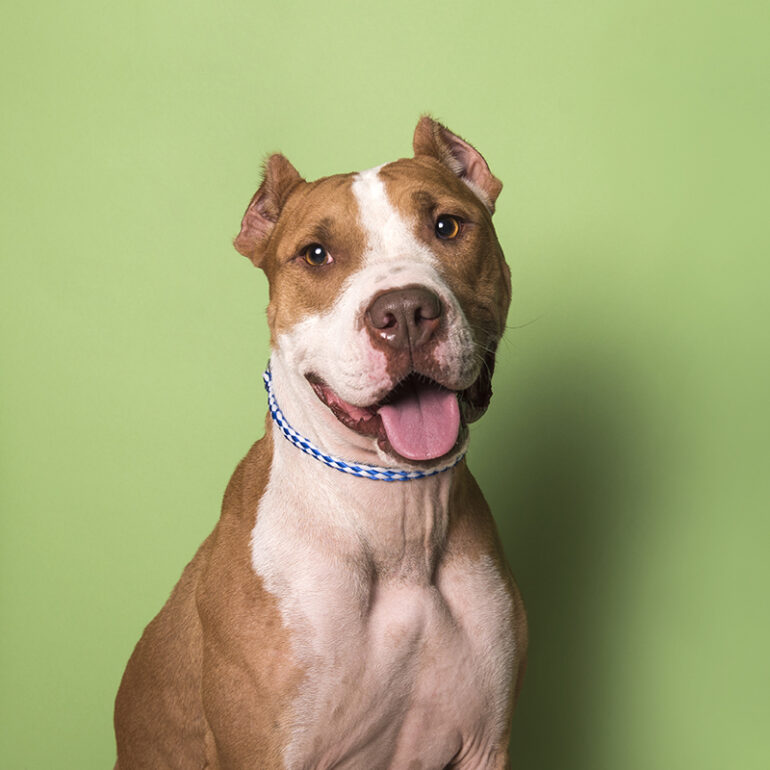
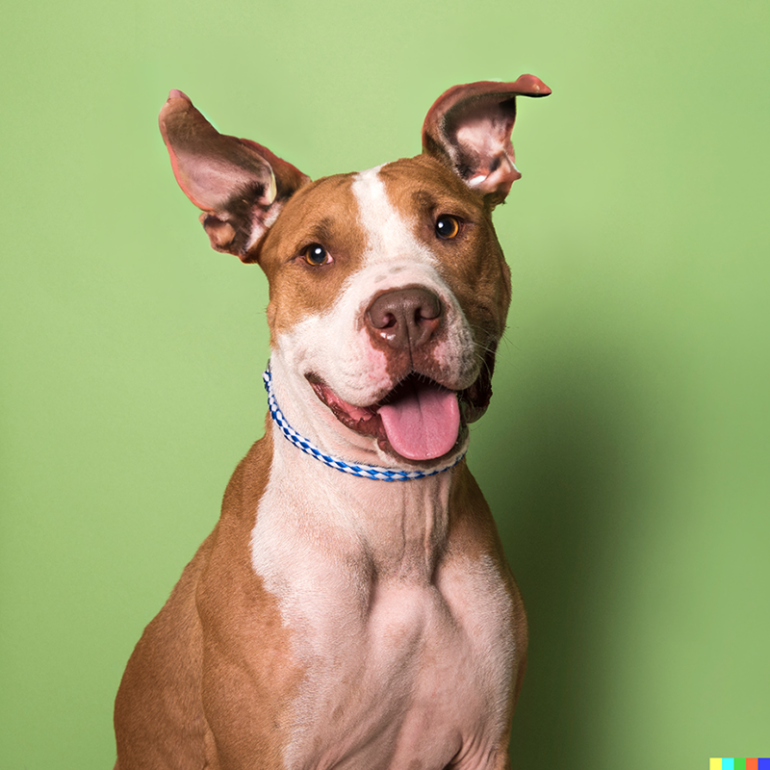
“In the end, whether you want to include AI in your workflow and how, is a personal journey,” she said. “I don’t personally connect with artists who only use the ‘prompt and post’ approach, letting AI do the heavy lifting. Those images are so boring to me, and they clearly rely too much on other artists’ work. I cannot see another MidJourney portrait of a person with pink cotton candy hair, holding a weird pet on their lap. Seriously. We are given one of the most powerful creative tools ever, and you are out there making the same stuff? It’s disappointing and I think it’s the wrong approach.”
“With AI, anyone can produce a beautiful, striking, weird, thought-provoking image,” she continued. “It’s flashy and fun. But is it aligned with what you’ve been doing as an artist, does it make sense within your own context and esthetic, and the message you want to put out in the world? I think we will soon see who is genuine and who isn’t.”
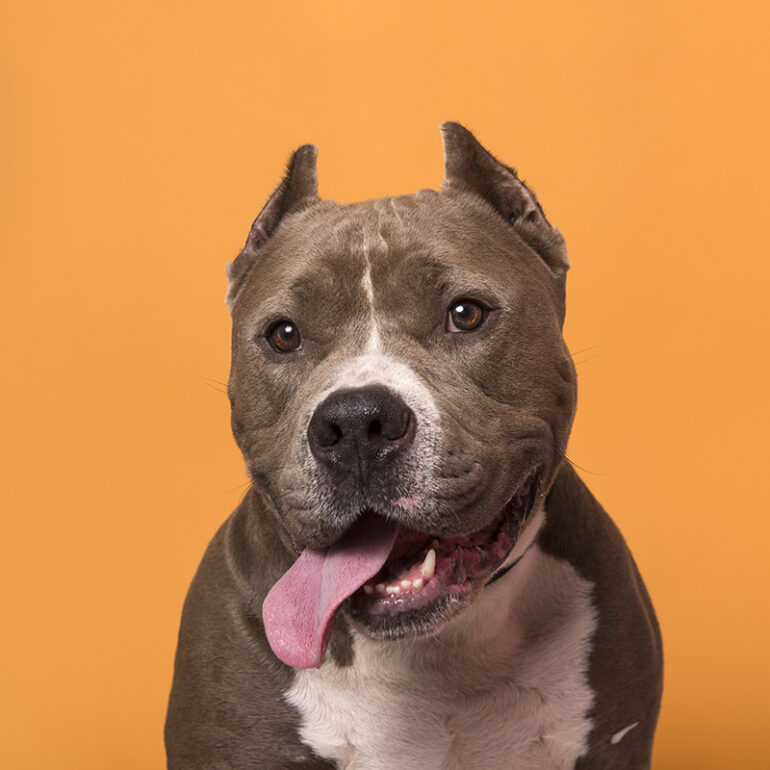
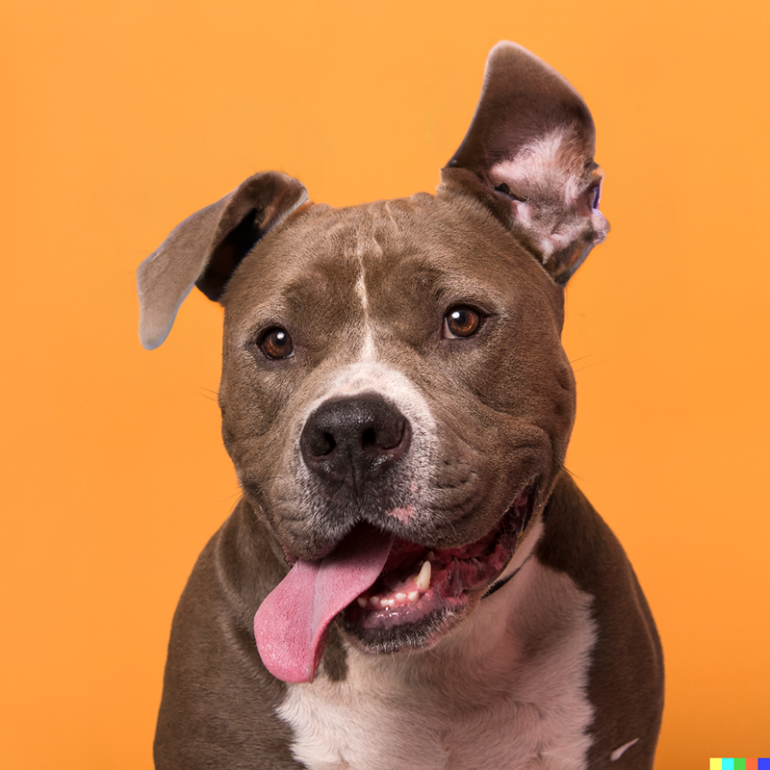
The images in the ear cropping project are shots from shelters around the U.S. where Gamand has volunteered her time. Much of her work is designed to bring awareness to misunderstood breeds and pets inside shelters. Her Instagram feed is full of successful fundraisers for animal shelters — she’s currently working with the annual Clear The Shelter Campaign, which ends Aug. 30. A survey conducted specifically for the campaign suggests that seventy percent of those adopting shelter pets were drawn to that particular pet because of a photograph, highlighting the importance of photographing pets in shelters. “Photography is a powerful tool that helps create emotional connections between adoptable animals and would-be pet parents,” Gamand said of the campaign. “My desire is to show how approachable, transformative, and easy it can be to volunteer at a shelter and how lifesaving good photos can be.”
Gamand is known for using her artwork as an advocacy tool. She says that dogs “hold up a mirror to our humanity” and that, by observing dogs, she hopes to shed a light on humanity as well. But, as is the case with ear cropping, sometimes that mirror holds an image that people don’t want to see.
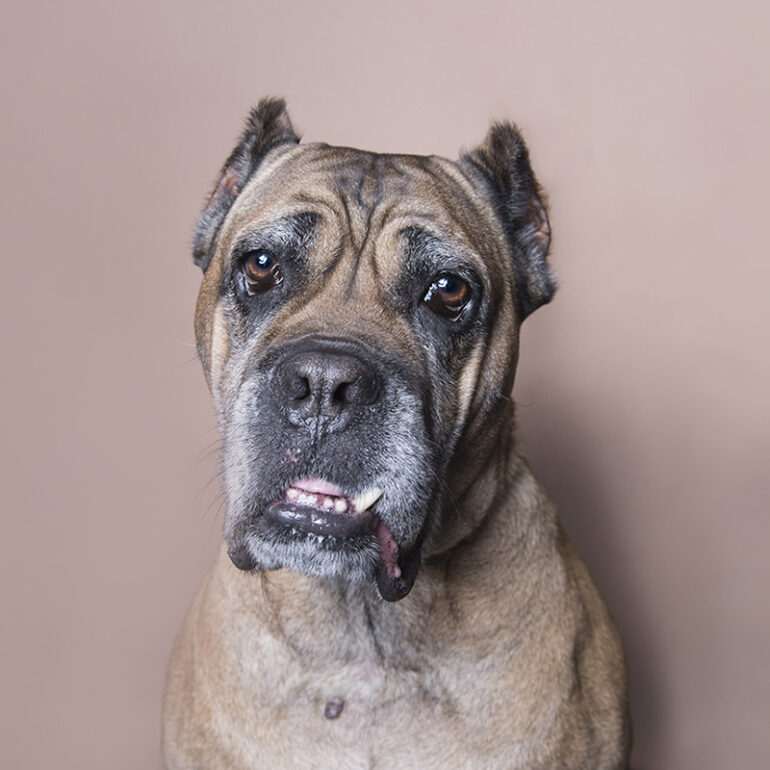
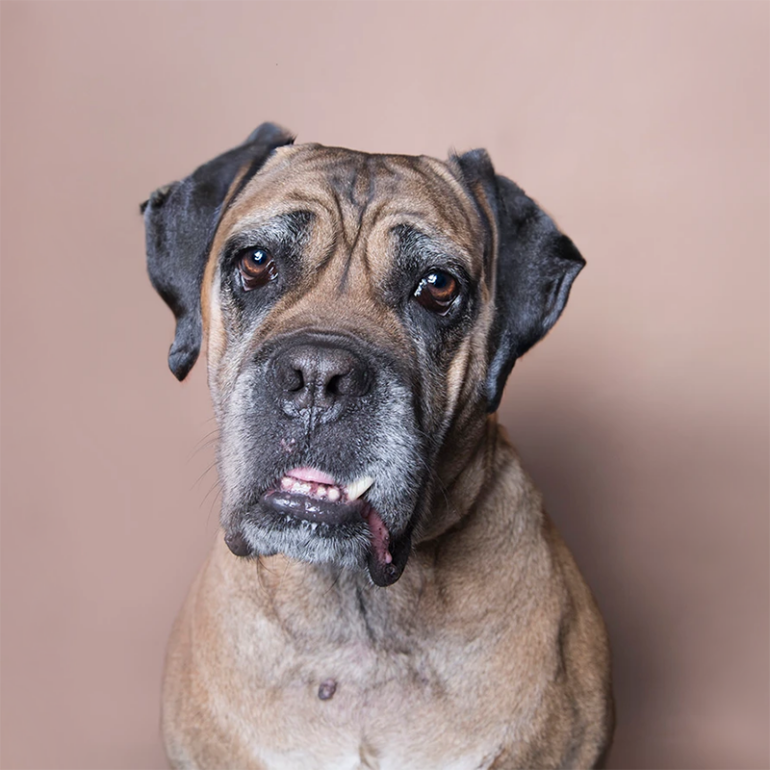
“Ear cropping is one of those instances, where the stories humans tell themselves prevail over the actual wellbeing of the dogs,” she said. “Because hundreds years ago some working dogs had their ears cropped for esthetic reasons and to prevent injuries on the job, to this day these breeds are still cropped, regardless of their lifestyle. Take the Doberman for example. Most Dobermans are living safely in homes, as family pets, yet we still crop their ears for looks. This reveals a lot about the relationship we have with dogs and with the natural world in general. We often fail to listen and understand truly. We are forceful, centered on ourselves, and not always making the best decisions for our companions. We’ve been hiding behind the concept that dogs are our best friends, but are we really acting like theirs?”


